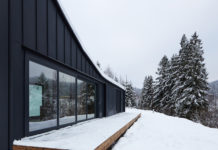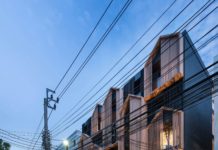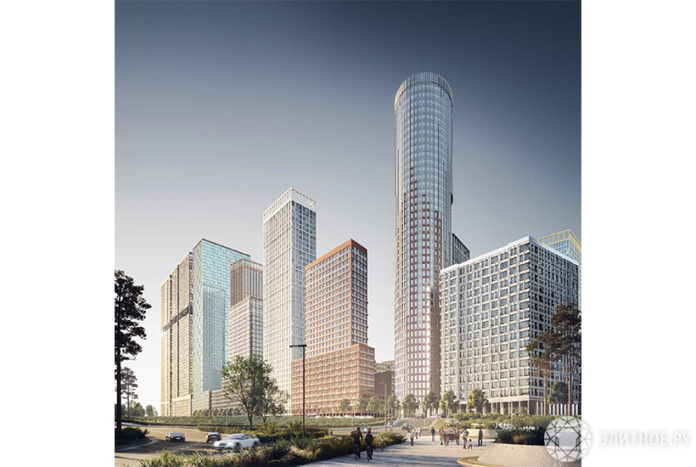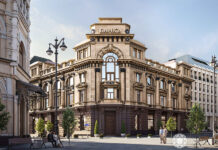What is the idea of the standard and what does it give to ordinary citizens. Is this a marketing ploy or is it really a new level of environmental friendliness of housing?
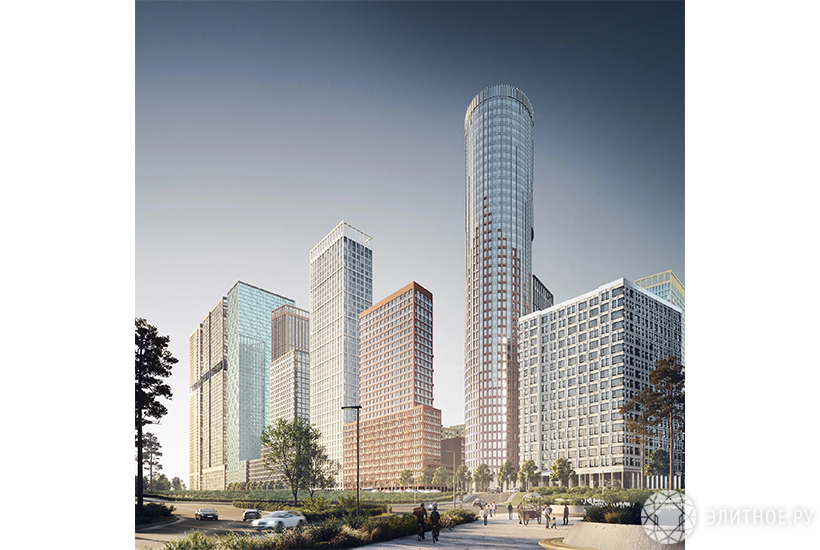
Construction of a large-scale residential area Sydney City has begun in Moscow. This is the first residential project in Russia that is built according to Well Standard and upon implementation will be accredited by an international commission.
Well Standard describes in detail how to design and build real estate that provides the most positive effect on human health and well-being. Let's try to figure out what the idea of the standard is and what it gives to ordinary residents. Is this a marketing ploy or is it really a new level of environmental friendliness of housing?
The pinnacle of green building
The WELL standard emerged in 2014 in the United States, the culmination of a half-century of green building movement. In its most general form, “green building is an innovative construction project with three main goals: rational use of the planet's resources, minimizing harm to nature and creating a comfortable microclimate for humans in a building. Since the late 90s, the best buildings in the world have been certified according to green building standards: American LEED and British BREEAM. The WELL standard, on the one hand, develops the tradition of eco-building, and on the other, changes its emphasis. The first level brings the topic of human health and well-being.
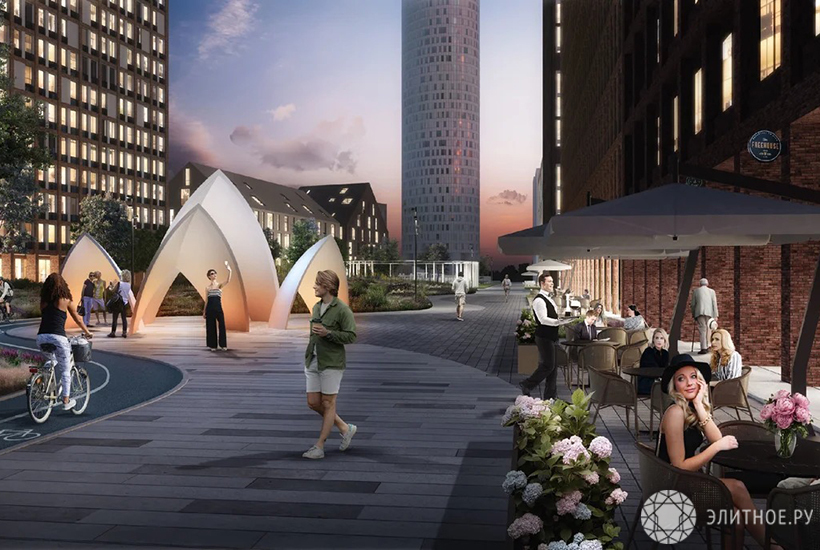
In Western practice, eco-buildings – offices, hotels or residential buildings – are valued by the market more than ordinary ones. Eco-certification always gives a 10% premium to the market.
The history of the WELL standard is quite interesting. In the mid-2000s, at the request of the Clinton Foundation, a program of various medical research was launched. Her goal was to understand how the environment affects a person's physical and mental health. The research phase eventually took 7 years. The operator of the program, New York-based company Delos Living, has summarized the results in the form of the Well Building Standard.
The WELL standard was released in 2015 and immediately became a huge success. In five years, more than 5900 projects with an area of 82 million square meters have been certified. The standard is already applied in 67 countries, and now the moment has come when the first such residential project will appear in Russia.
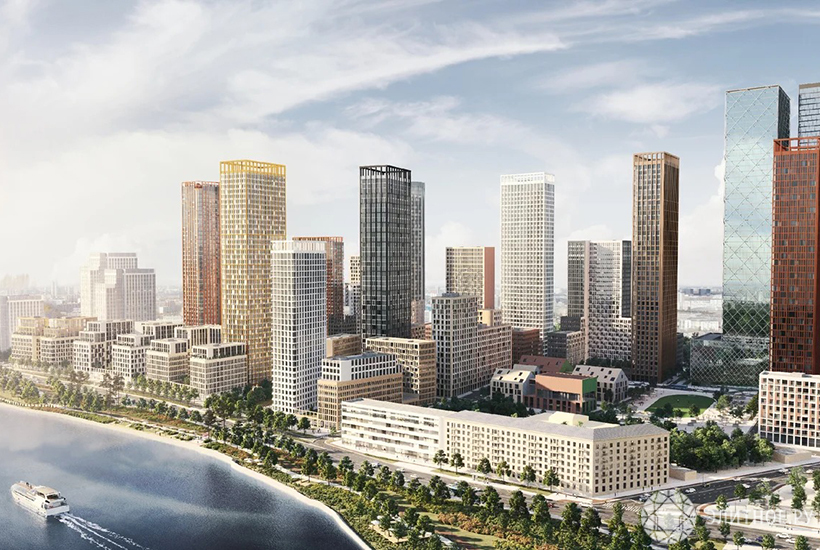
The WELL standard contains more than one hundred indicators, combined into large groups. Some of the requirements are intuitive: for example, they regulate the quality of air and water, acoustic characteristics. Some of the requirements for Russia are exotic: in particular, for cleaning premises and cleaning agents or organizing places for rest and meditation.
The new standard does not abolish Russian architectural and construction norms, but supplements them. The developer voluntarily takes on new commitments.
How to measure health and well-being
Let's take a look at Sydney City as an example of what the WELL standard is in practice. Let's look at different parameters, let's start with water. The complex will be equipped with additional systems for its purification from residual chlorine, harmful metals and impurities. Quality control on 12 parameters will be constantly monitored.
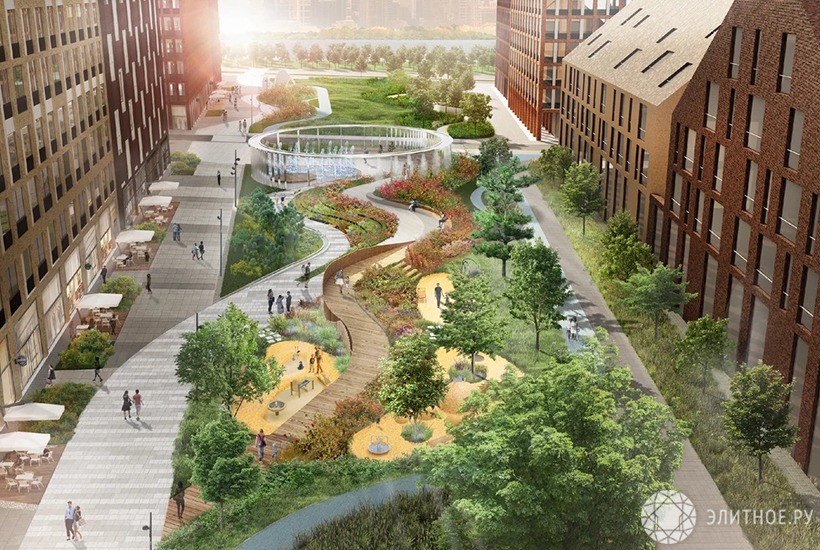
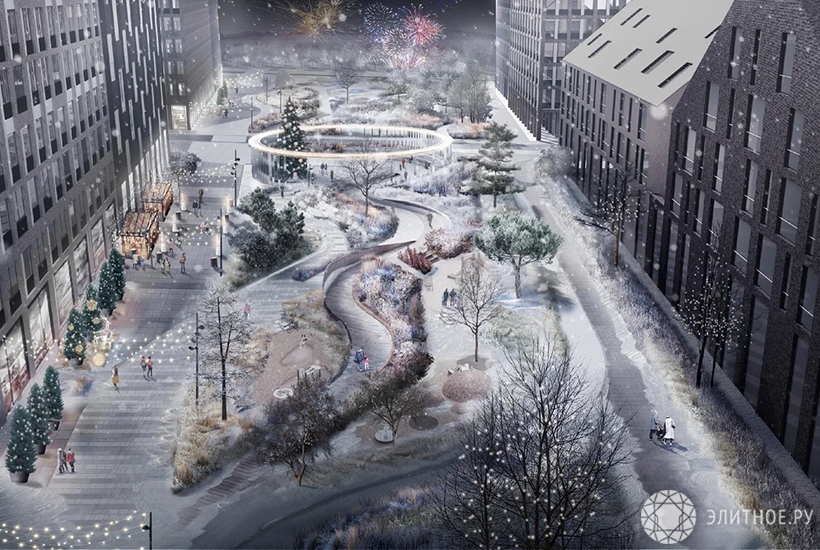
Another critical health parameter is air quality. The WELL standard provides for the use of F8 fine filters, which remove 95% of city dust. Special air quality control will be carried out in underground rooms where hazardous radon accumulates.
Moving on: acoustics. This parameter is underestimated by many, but according to the WHO, it is the high noise level that is responsible for most of the mental disorders. In Sydney City apartments, the level of sound insulation is planned to be 15-20% higher than provided for by Russian standards. This will be achieved by a whole range of measures: vibration damping in walls and ceilings, the use of cast iron pipes, as well as doors and windows with high acoustic performance.
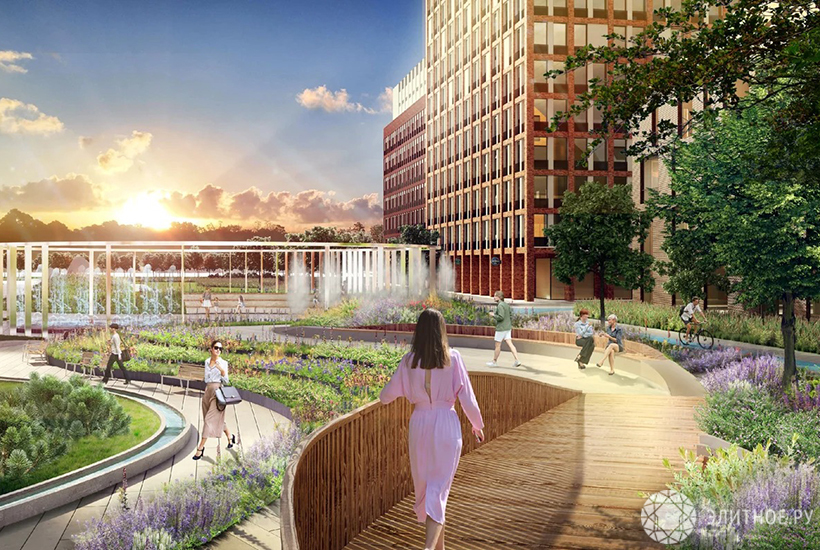
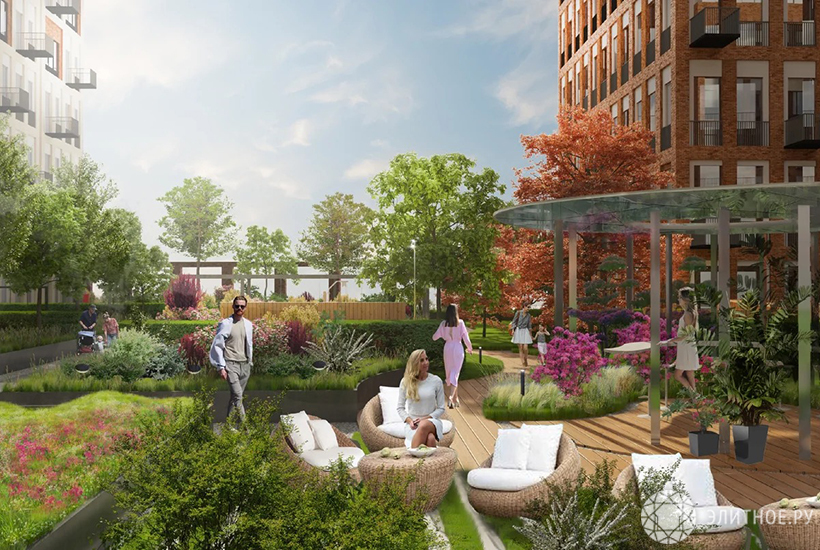
Another important parameter is related to lighting. The Soviet rationing system focused on insolation – direct sunlight into living quarters. But this is not enough. Doctors are increasingly talking about circadian rhythms – sleep-wake cycles, the failure of which leads to chronic fatigue, insomnia, and mental disorders. Our biological clock, which is “hardwired” into each person and “tied” to the hormone melatonin, is evolutionarily tied to the rising and setting of the sun. The problem is that in a city with its abundance of artificial light (advertising, bright lights in offices and on the streets), circadian rhythms are constantly getting lost, and the body is working in an incorrect mode.
When designing Sydney City, circadian rhythms were addressed at different levels. On the first, the amount of natural light in the apartments is maximized. The residential complex has almost three-meter windows, which, combined with views of the water (the Moskva River flows under the windows), also calms the psyche. In the entrance lobbies, the concept of special WELL lighting is also used, emphasizing the natural cycles of a person through light scenarios. The location of the buildings and the materials of finishing contribute to this as much as possible.
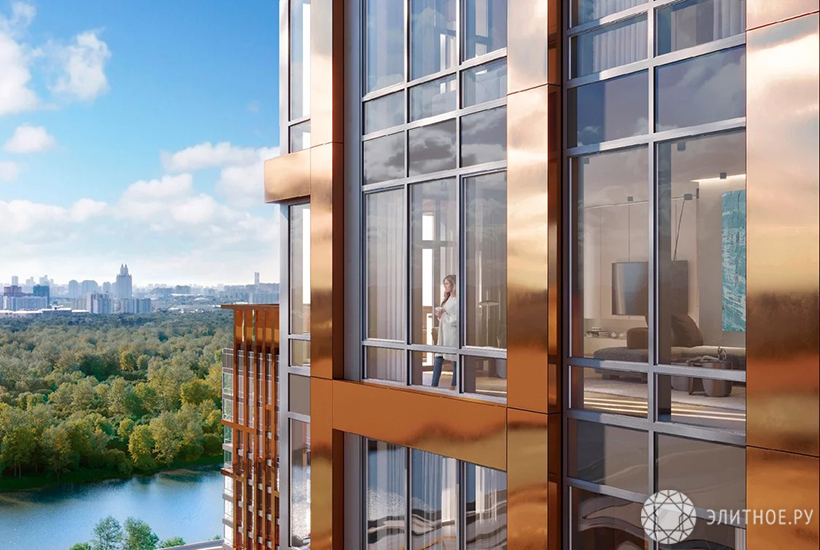
There are also unusual groups of indicators in the WELL standard. For example, emotional or social well-being. However, the effects on them are achieved at the expense of very specific instruments. In the case of Sydney City, the main factors are the proximity to the water and the 400-meter embankment of the Moskva River. And also the creation of an original space inside a residential complex with shady groves and three-level landscaping, created with the assistance of psychologists.

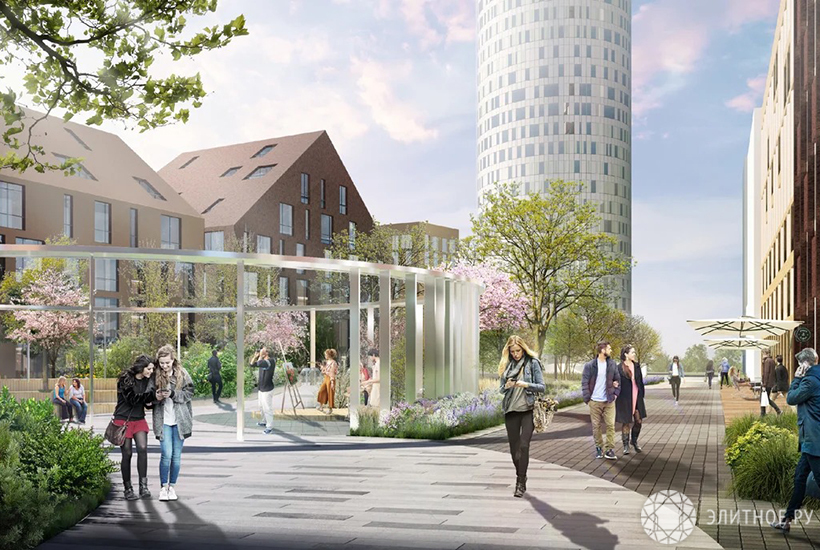
It is important that Sydney City compliance the WELL standard is not a declaration. In order for the complex to be certified according to the standard, it must go through a multi-stage compliance procedure. The check is carried out by accredited specialists of the American International WELL Building Institute at all stages of real estate creation: at the level of project documentation, during the construction and even the operation of buildings. Most of the eco-solutions are already “hardwired” at the project level and cannot “fall out” from there.



